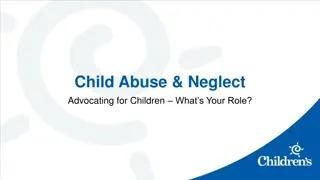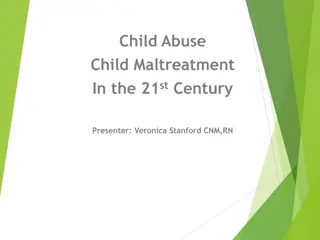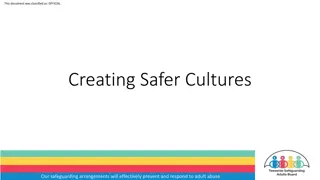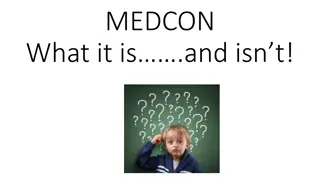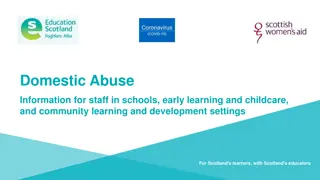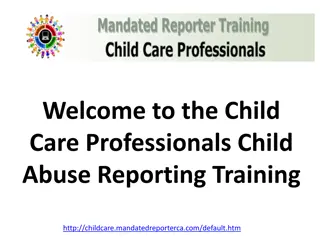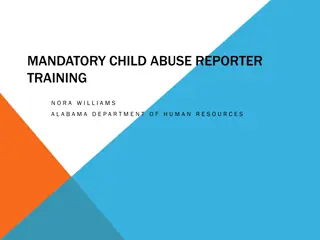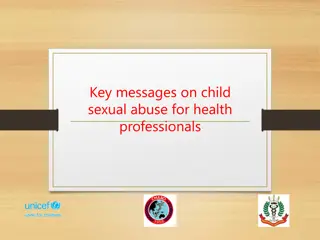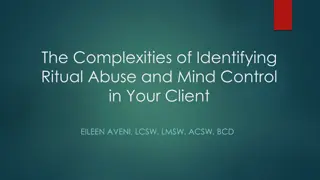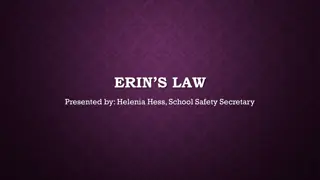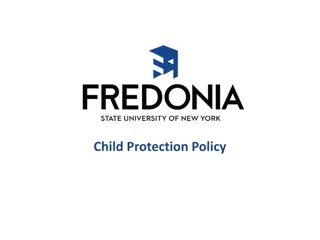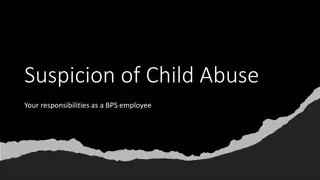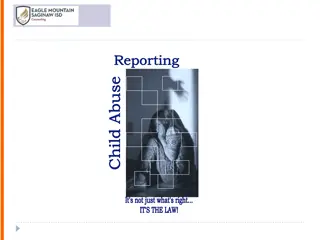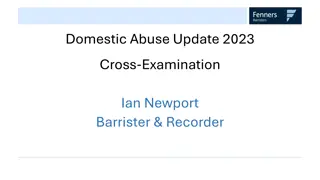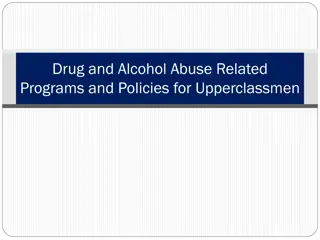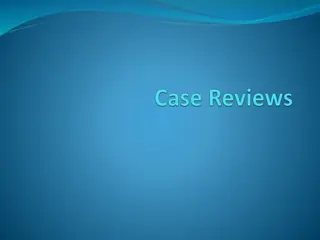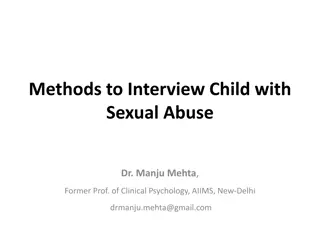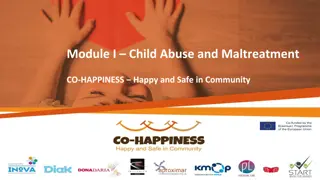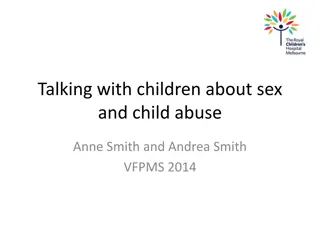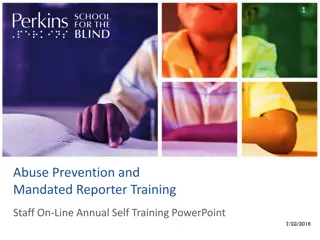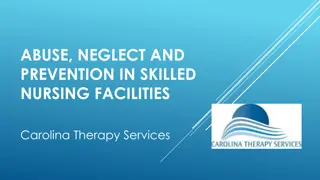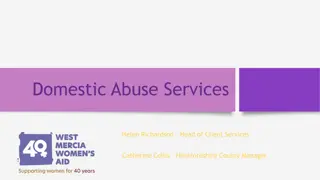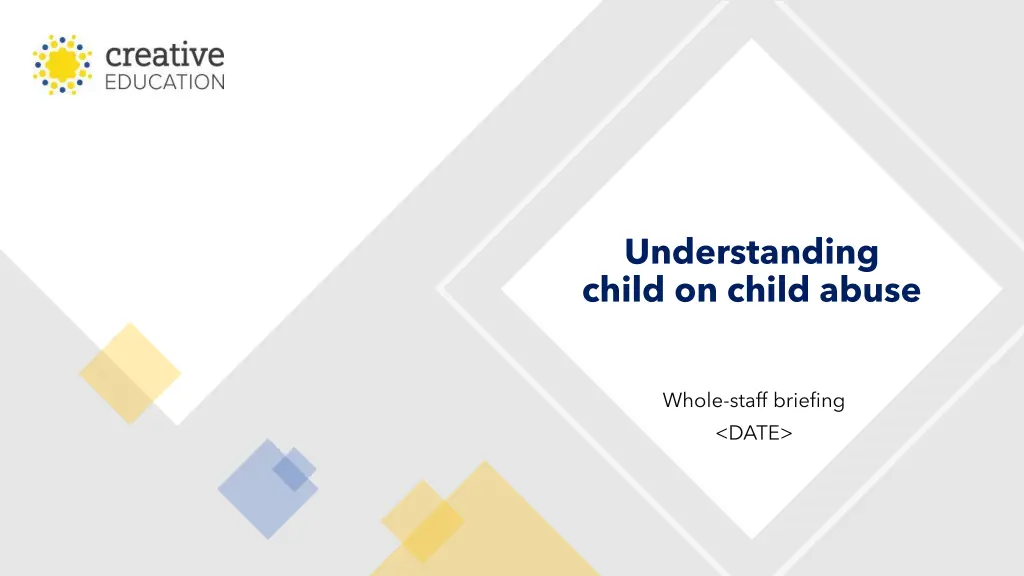
Understanding Child-on-Child Abuse: A Staff Briefing
Learn about child-on-child abuse, its forms, signs, and responsibilities in this comprehensive staff briefing. Discover how to prevent and respond to such abuse effectively.
Download Presentation

Please find below an Image/Link to download the presentation.
The content on the website is provided AS IS for your information and personal use only. It may not be sold, licensed, or shared on other websites without obtaining consent from the author. If you encounter any issues during the download, it is possible that the publisher has removed the file from their server.
You are allowed to download the files provided on this website for personal or commercial use, subject to the condition that they are used lawfully. All files are the property of their respective owners.
The content on the website is provided AS IS for your information and personal use only. It may not be sold, licensed, or shared on other websites without obtaining consent from the author.
E N D
Presentation Transcript
Understanding child on child abuse Whole-staff briefing <DATE>
What is child on child abuse? Child on child abuse can take many forms and covers any abusive behaviour from one child to another. Child on child abuse can take many forms and covers any abusive behaviour from one child to another. This can include bullying and cyberbullying, including prejudice-based or discriminatory bullying, any kind of physical abuse or assault (kicking, or hitting for example), sexual abuse, violence and harassment, including causing someone to engage in sexual activity without consent, upskirting, consensual and non-consensual sharing of nude and/or semi-nude images, and initiation or hazing rituals. It is important to remember that abuse can also take place between young people who are in an intimate or personal relationship. Child on child abuse can be perpetrated by a sibling or family member, or another child in an extra-familial context. It can happen anywhere, in person or online and can also happen at school.
What are our responsibilities? We must never pass off child on child abuse as banter . It must be taken as seriously as abuse by an adult. The signs and symptoms may be very similar to abuse by an adult. We need to consider that it could be happening to children that we work with, even if there are no reports. Positive behaviour for learning and safe spaces protect children from child on child abuse. We have a clear policy about how we will respond to and record any incidents of child on child abuse. You can find out more about this in the safeguarding and child protection policy.
Our school arrangements Insert details here about who your safeguarding team are, how to raise concerns about children and how to record concerns (e.g. CPOMS). It is useful to add photos of the relevant staff and use this slide in all of your safeguarding training sessions to remind everyone of the arrangements.
Discussion Points Discuss the following questions with the person next to you. How do we help children to understand what child on child abuse is? How do we prevent child on child abuse happening on the school site? What should you do if you think a child is being abused by another child?
Summary We must all take child on child abuse seriously. We must all create an environment where opportunity for child on child abuse is minimised and positive behaviour is promoted. We will respond in a thorough and effective way if it does happen. If you have any concerns about child on child abuse you should report them to the Designated Safeguarding Lead immediately. You must always operate within the school policy.

